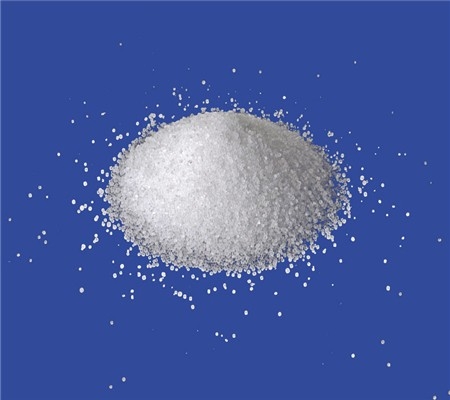Description:
Epinephrine is a white or almost white crystalline powder, odorless, easily oxidizes and deteriorates when in contact with air or sunlight. It is unstable in neutral or alkaline aqueous solutions, exhibits weak alkaline reactions in saturated aqueous solutions, and is extremely soluble in water. It is insoluble in ethanol, chloroform, ether, fatty oil or volatile oil, soluble in inorganic acids or sodium hydroxide solutions, and insoluble in ammonia or sodium carbonate solutions.
Application:
This product directly acts on adrenergic substances α、β Receptors generate strong, rapid, and brief excitations α and β Type effect on the heart β Excitement of 1-receptors can enhance myocardial contractility, increase heart rate, and increase myocardial oxygen consumption. Simultaneously acting on vascular smooth muscle β 2-receptors cause vasodilation, reduce peripheral vascular resistance, and lower diastolic blood pressure. excitement β 2-receptors can relax bronchial smooth muscle, dilate bronchi, and relieve bronchospasm; right α- Excitement of receptors can cause contraction of skin, mucosal blood vessels, and visceral small blood vessels. Clinically, it is mainly used for cardiac arrest, bronchial asthma, allergic shock, and can also treat urticaria, hay fever, and nasal mucosal or gingival bleeding.
 call us :
call us :  send a message :
send a message : 



























 online service
online service +8613866722531
+8613866722531

 +8613866722531
+8613866722531